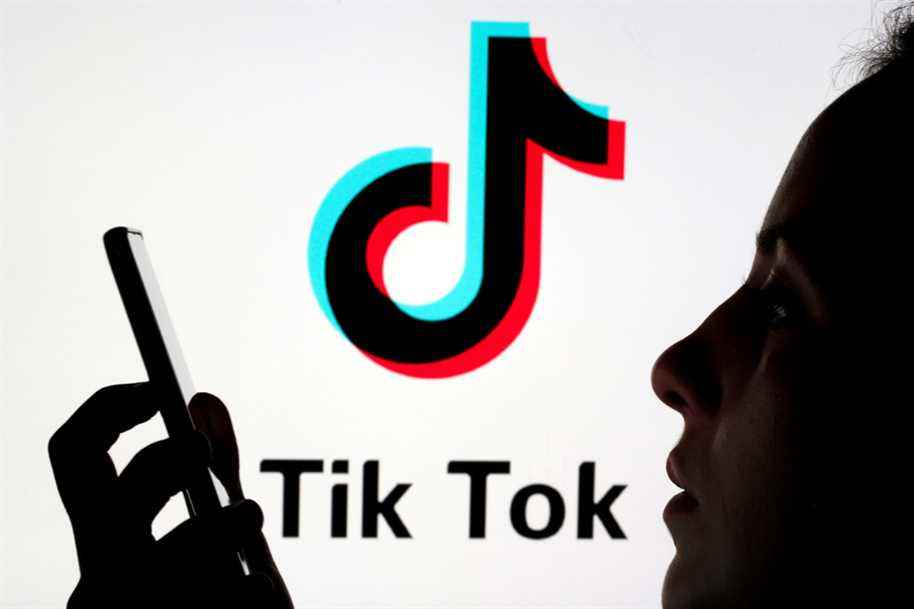(San Francisco) The spotlight on TikTok, Snapchat and YouTube on Tuesday was accused, like Facebook, of harming children’s mental and physical health by overexposing them to other people’s seemingly ideal lives, as well as to images and inappropriate advertising.
Representatives of these three platforms, ultra-popular with young people, tried to prove to American senators that they were doing better than Facebook on these subjects.
But Facebook and its Instagram application do not have a monopoly on adolescent discomfort, retorted elected officials.
“Being different from Facebook is no defense,” Democrat Richard Blumenthal said. “We want a race to the top, not to the bottom.”
This hearing comes a few weeks after that, before the same trade committee, of the whistleblower Frances Haugen.
This former Facebook engineer revealed, with supporting documents, that the social media giant was aware of the harmful effects of its services on some of the adolescents who use them, according to her own internal research.
According to Frances Haugen, the Californian group puts profits before its users, a formula now adopted to envy by a large number of NGOs and elected officials, not only for the leader of the sector.
“More pairs of eyes means more dollars. Everything you do is to add users, especially children, and keep them on your applications, ”said Richard Blumenthal.
13 years
The senator relayed the accounts of parents unarmed by the experience of their children on the networks, such as this mother whose daughter was “inundated with videos on suicide, self-harm and anorexia because she was depressed. and was looking for content on these topics ”.
Other elected officials also contested the choices of platforms in terms of minimum age, methods of moderation of content (human and / or algorithms) and protection of privacy.
Representatives defended themselves with flattering comparisons and measures already in place.
“Snapchat was built as an antidote to social media,” said Jennifer Stout, a vice president of the Snap group.
Snapchat, frequented by 500 million monthly users, has set 13 years the minimum age to register on the network.
The application stands out from the others by being much less open to outside content. The (young) users mainly communicate with each other and have access, on a “discovery” thread, to videos and texts from media, sports clubs, brands, etc.
TikTok and YouTube offer versions adapted for the youngest, with specific devices. The version of TikTok for those under 13 does not allow posting of videos or commenting on videos posted by others.
For 13-16 year olds, the social network prohibits live broadcasts (livestream) and associates, by default, with these young users a private account, which means that it can only be consulted by persons authorized by the holder. Account.
“Not finished hearing us”
“We have found that people who suffer from eating disorders come to TikTok to talk about it in a positive way,” assured Michael Beckerman, the public affairs manager of the Chinese subsidiary ByteDance, of which a separate version exists. in China (under the name of Douyin).
The platform announced at the end of September that it had exceeded one billion active monthly users, far behind YouTube and its 2.3 billion users who connect at least once a month (in 2020).
Google’s video service, for its part, has put forward its efforts to remove the millions of content that violates its regulations.
“Social media can provide entertainment and educational opportunities,” the commission acknowledged, presenting the hearing, “but these apps have also been misused to prey on children and promote destructive acts, such as vandalism. school, viral challenges that risk death, bullying, eating disorders […] and the hijacking of minors. ”
Many elected officials want to legislate to include in the texts more safeguards to protect minors.
“You are not done hearing us,” concluded Richard Blumenthal.
